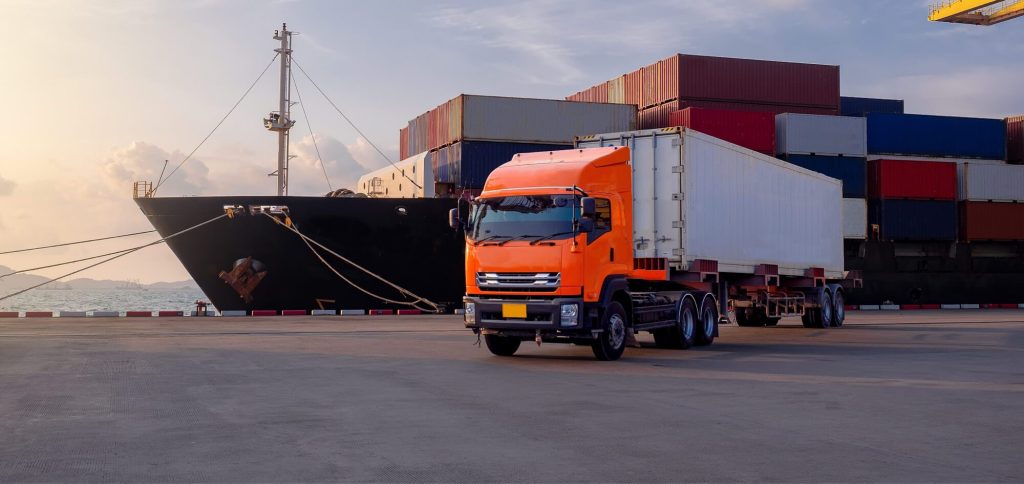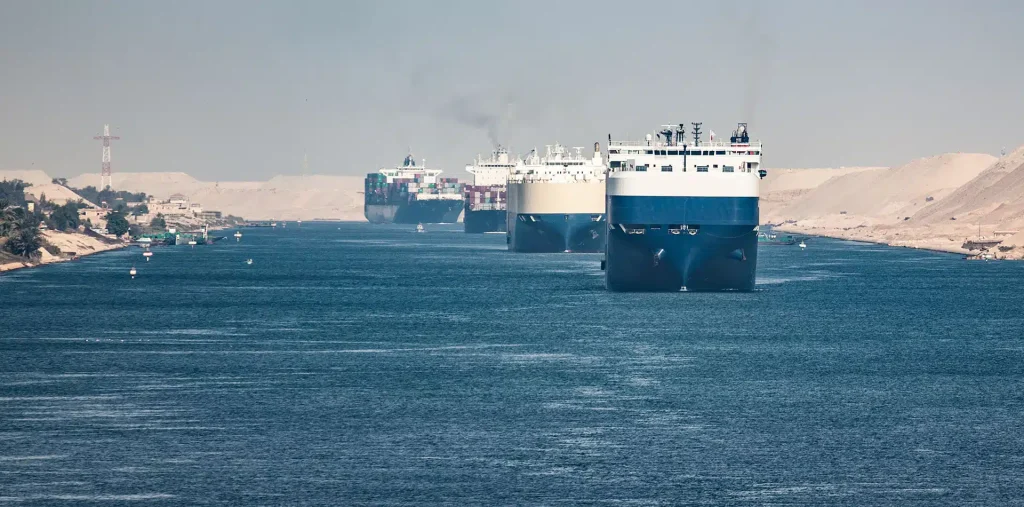The maritime industry has faced numerous challenges over the last four years. The COVID-19 pandemic has caused a significant impact on the ocean supply chain, leading to disruptions and delays in container movements. In addition to this, the ocean supply chain has been burdened by port congestion and strikes, ultimately raising the question – will our supply chain ever return to a state of normalcy?
What are the factors that contribute to port congestion?
One of the major causes of disruptions in the ocean supply chain is port congestion. Port congestion refers to a situation where the number of vessels or containers at a port exceeds its capacity to handle them efficiently. There are several reasons ports can experience congestion, such as weather, port infrastructure issues, inadequate planning and coordination, and port strikes.
Port congestion is unlikely to go away anytime soon
During the pandemic, we saw how COVID-19 created significant problems for ports around the world, leading to delays in container movements and port congestion due to soaring global demands and many short-staffed ports.
Fast forward to today, a new port congestion problem might be simmering beneath the surface as we speak. West Coast ports and terminals in the U.S. are currently shutting down due to insufficient staffing, as union workers ‘no show’ after a breakdown in wage negotiations with port management.
As a consequence of these West Coast ports shutting down, we are currently observing three major impacts on, for instance, the Port of Los Angeles. These effects include an increasing number of vessels building up for berthing, a fewer number of port calls coming to an end (vessels leaving the port again), and a decreasing number of import containers from discharge to gate out.
Port strikes often induce port congestion, leading to significant delays in cargo handling, vessel operations, and poor port efficiency. Back in March 2023, many held their breath, waiting to see if the ocean supply chain would take a hit as a result of port strikes in Hamburg, Germany. This is just one of many previous examples of how operations can suffer because of strikes.
Another example is the strike at Felix Stowe, England (from September to November 2022), in which its workers were dissatisfied with their wages, leading to a massive disruption in the port’s operations. Export dwell time reached up to 325 hours during this strike, while import dwell time was up to 225 hours at its peak (as illustrated in the graphs below).
The situation improved significantly after the strike ended, with export dwell time reverting to 200 hours and import dwell time reverting to 75 hours (which are considered fairly normal numbers).


Port congestion will continue to shake the stability of ocean supply chain
It is essential to note that port congestion is a recurring problem that can happen anytime and without notice, even in the absence of a pandemic. The ocean supply chain may be returning to a normal state in some ways, but disruptions will continue to occur.
‘’Disruptions like these can truly happen from one day to the other’’, says one of our experts at GateHouse Maritime, Agnes Gereb, in her latest interview with Rory Proud, Co-founder of Maritime Data, in which they discuss ocean supply chain stability and whether the coast is clear by simply looking at what our data is telling us.
Where do we go from here?
To mitigate the impact of disruptions, the industry needs to take proactive measures, such as investing in technology and improving communication between different stakeholders.
In conclusion, our ocean supply chain is gradually recovering from the impact of the pandemic, but the maritime industry still faces numerous challenges. Port congestion, strikes, and other disruptions are sadly here to stay, and the industry needs to be prepared to handle them efficiently.
It is crucial to closely monitor movements, delays, and congestion and to learn from previous events and historical data to take proactive measures to minimize their impact. By doing so, the maritime industry can ensure that the ocean supply chain remains resilient and robust, even in the face of unforeseen obstacles.




